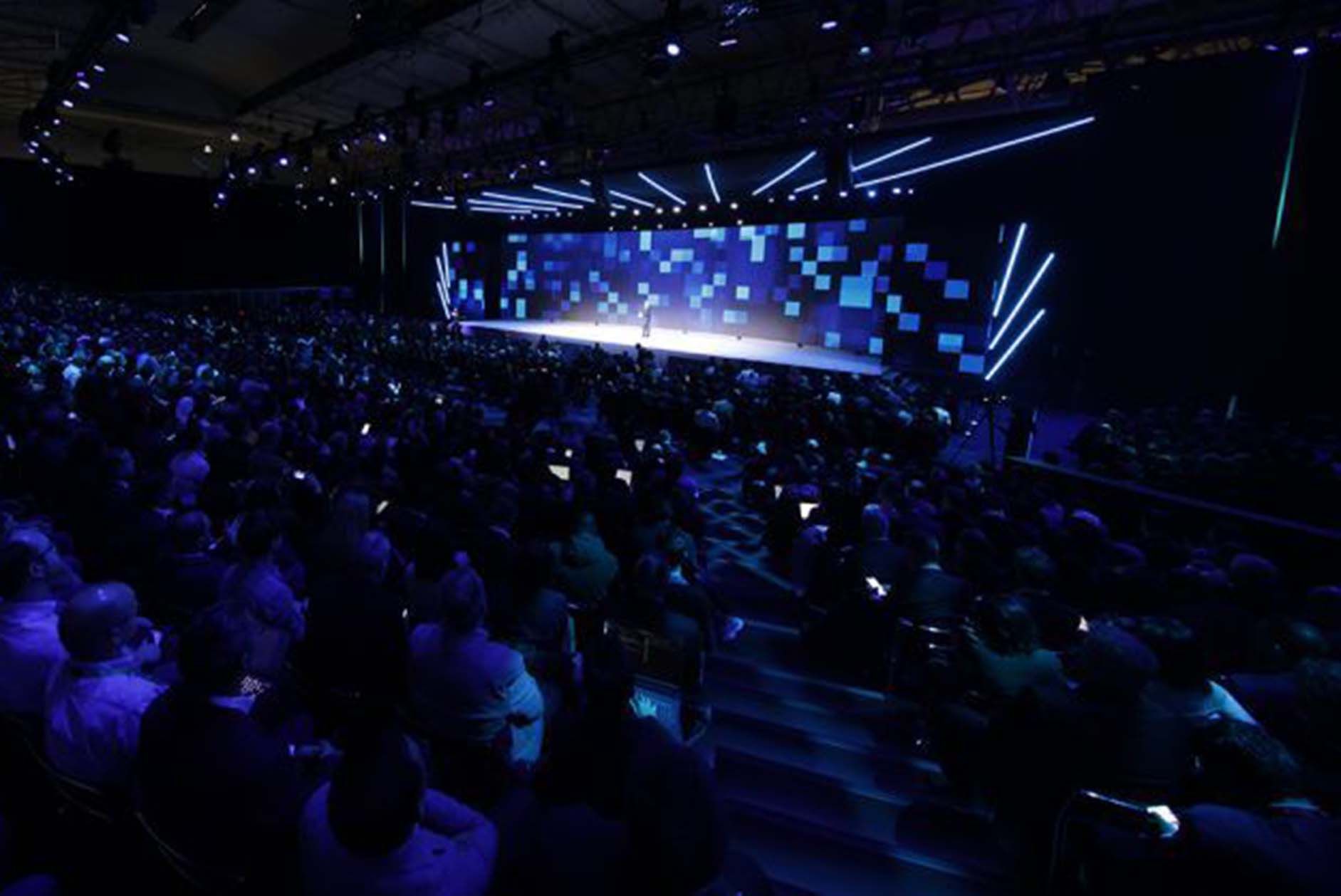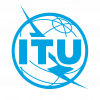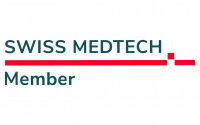BLOG
Telecom26 blog
5G discussions at MWC this week

The senior HPE executive interviewed says that “4G was all about consumer. And the majority of the value was captured outside of the telco industry. And 5G is all about enterprise. And the question (is), how much can the telco industry capture it”.
HPE believes that “5G for consumers today is mostly just perhaps a slightly faster internet, but you don’t really need it because you can already watch 4k on your mobile. Bigger data bundles…. but there’s just a way to entice you to take 5G. So I don’t think there’s been a lot of innovation for consumer.”
Meanwhile another telecoms.com article titled MWC 2023 – what’s the point of 5G? discusses how “the pressure to deliver returns on 5G investments is greater than ever” and “four years into the 5G era, the technology is still struggling to find an identity. 3G was about the introduction of mobile data, which matured in the form of 4G, but what is 5G all about?” The article discusses how:
“5G offers even faster and more capacious mobile broadband, but there is still a shortage of use-cases that require more bandwidth than 4G has to offer”
“IoT became conflated with 5G but has existed as a concept for decades”
“5G‘s ultra-low latency. In principle this opens up a host of new opportunities”
“One of the most common answers to the 5G existential question to be that it’s about connecting everything to everything. That’s all well and good but to what purpose?”
At Telecom26 we know that the potential of 5G has yet to be realised but the reality is that 5G was never going to be justified by consumer revenues and demand. We are already discussing with customers how 5G can benefit them most in the future.
To read our previous blogs about 5G please visit:
5G – the thoughts of Cisco, GSMA and Telecom26
5G, the GSMA’s thoughts and Telecom26’s 5G networks.
And to see where we already offer 5G coverage to our customers please click here.
The Four Different Services of 5G
In a previous blog, we discussed how and why 5G as a topic causes some confusion because it’s actually a combination of four different – but related – services that offer new capabilities for different applications and user groups.
eMBB – Enhanced Mobile Broadband
The initial phase of 5G deployment focused on eMBB to deliver a data rate of 1 Gbps and beyond to provide a better entertainment experience to the masses. It aims to provide connectivity to devices other than smartphones and also brings improvements for cloud connectivity, remote operation (be it individual work or an entire office complex), VoIP, real-time video monitoring, etc.
eMBB can also deliver faster and more reliable broadband connectivity in more challenging areas such as rural and remote areas in Africa – provided infrastructure is available. Of course, it can also be used in combination with other options, so when it’s not available, users will simply connect to the networks that may be present.
FWA – Fixed Wireless Access
5G delivered via FWA also provides a real substitute for fibre links – and can also be used to seed markets and drive future expansion ahead of more costly fibre rollouts.
However, in our view FWA is not a service that will generally impact individual users or those for whom mobility is essential.
mIoT – Massive IoT
5G has also been designed to offer better services to the growing number of IoT devices that will be deployed in the coming years.
In contrast to 4G, 5G supports a much larger number of devices in a given area, enabling what is known as “Massive IoT”. This support is necessary to enable the proliferation of IoT devices for a range of public and private services and applications.
mIoT builds on other approaches to cellular IoT but provides coverage to enable massive connectivity in defined areas – as many as one million per square kilometre – all of which will be useful for new applications and use cases. For example, connecting high numbers of IoT-enabled devices on freight and cargo vessels. mIoT will also be useful in private and offshore networks.
Telecom26 provides data connectivity to IoT devices around the world and you can read more about our IoT eSIM service here.
ULRCC - Ultra-Reliable Low Latency Communications (URLLC):
This is for high-performance, highly localised and critical applications that require the lowest possible latency and high network reliability such as industrial processes.
URLCC is very different from eMBB, and users of mainstream 5G services won’t get access to its special capabilities, generally speaking, as the spectrum required for URLCC is not suitable for full national deployment and coverage. It can only travel a short distance and cannot penetrate buildings, so creating network hotspots for URLLC is a specialised task.
It’s really only for highly specialised, niche services and not for general use cases - for most 5G users, these services are simply not relevant.
Telecom26, Global Connectivity and 5G
As a global connectivity service provider, Telecom26 has, of course, been tracking the progress of 5G for years constantly assessing the needs of our customers, partners and prospects - and figuring out if they would actually benefit from having access to 5G networks around the world.
Last year, following extensive testing of a number of 5G networks from operators around the world, we added 5G networks to our Global Roaming Service which currently provides seamless coverage across 1100 cellular networks from over 650 mobile operators in more than 200 countries.
We now offer 5G in 50+ countries with more being added once we have tested them and are satisfied with the service. 5G is available to all our customers with the same pricing as our other services so there are no extra charges or hidden costs.
We are currently focusing our efforts on 5G Non Standalone (NSA) as it reuses the existing LTE Core which offers the fastest route to getting the greatest 5G coverage for our customers.
In parallel we are working on ensuring our core network is ready for 5G standalone (SA) for when these roaming agreements become more commonplace.
You can read more about our 5G network here.
Our team is also watching the progress of 6G as its definition and standardisation takes shape.
Catching-up in-person
At Mobile World Congress this week we launched several new services and discussed lots of other global and maritime connectivity subjects including:
- Our growing global network of 5G partners
- Our eSIM packages – Telecom26 provides a complete range of eSIM and eUICC solutions that enable seamless profile delivery and management and remove the need to ship and deploy physical SIMs
If you didn’t make it to MWC and would like a call to discuss our 5G, IoT, global connectivity and maritime connectivity services can help improve connectivity for your devices, then please contact us.
Telecom26 is a full operator member of the GSMA and the ITU.



